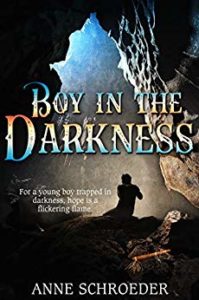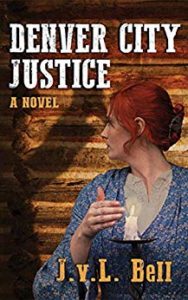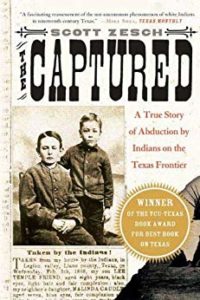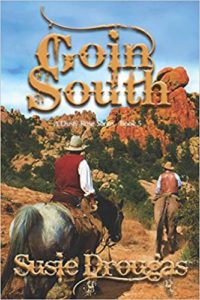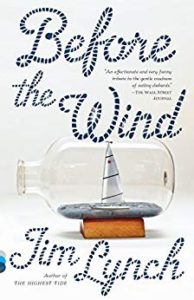Tatjana Soli has written a vivid historical novel, The Removes. The main storyline centers around the life and career of George Armstrong Custer, a Union Civil War hero who, by age twenty-five attained the rank of brigadier general. Often called the Boy General, Custer was happiest when soldiering, so after the war re-enlisted in the Army to go West to fight the Indian Wars. The novel takes us up to Custer’s Last Stand, the battle of the Little Big Horn, 1881.
The story rotates to Libbie Bacon, a pampered young woman who is encouraged to find a husband and continue the social life to which she is accustomed. She shows no real interest in any of the eligible suitors. Years before she met a local boy, George Custer, but although he seemed nice, he was, after all, only the son of a farmer. Then, years later at a party, Libbie is re-acquainted with the famous General George Custer and they immediately fall in love. Libbie takes her responsibilities as a dedicated Army wife seriously. She becomes a camp follower and learns to endure the frontier hardships. Libbie is loved and pampered by George and she maintains her loyalty to him, despite his frequent infidelities.
During the period of Custer’s Indian campaigns, Anne Cummins, fifteen, is abducted by the Cheyenne after her entire family is slain during a raid on their homestead. Her captivity is defined by near starvation, endless traveling, and sexual assaults. During the many years held captive, she continues to be treated roughly, a slave to the chief and his wives. She dreams of being rescued, but once she has children of her own, she is uncertain as to which destiny she belongs. The question is answered for her, and is not what she imagined.
The Removes is a thoroughly engrossing novel of depth. The Indian Wars are portrayed through the lives of the three main characters as the story toggles among them. The novel shows a realistic view of the unimaginable hardships of the western frontier from the immigrants point of view. Also realistically shown is the plight of the indigenous people of North America whose land was forcibly confiscated by those who broke promises and treaties time and again. I highly recommend The Removes.



